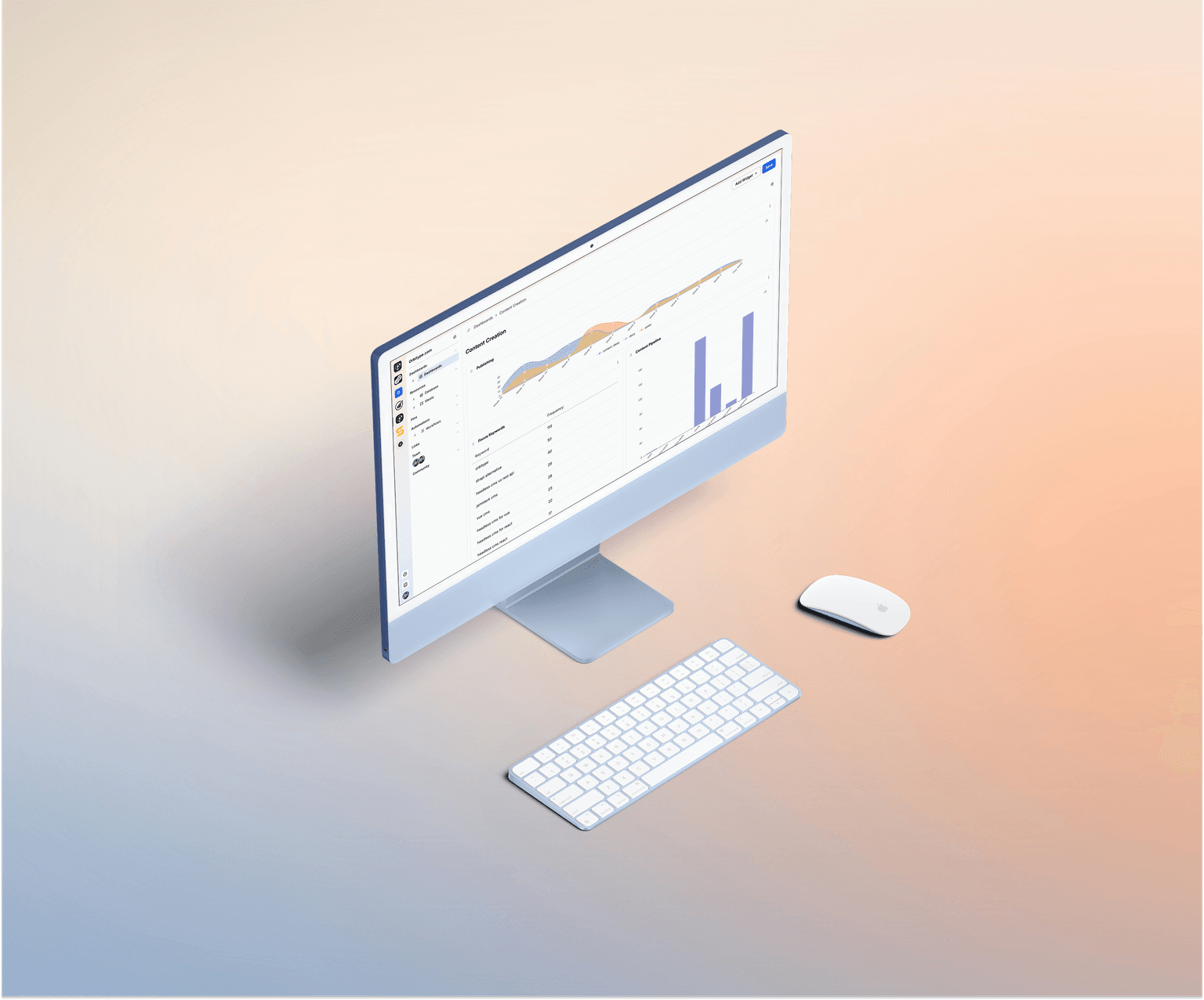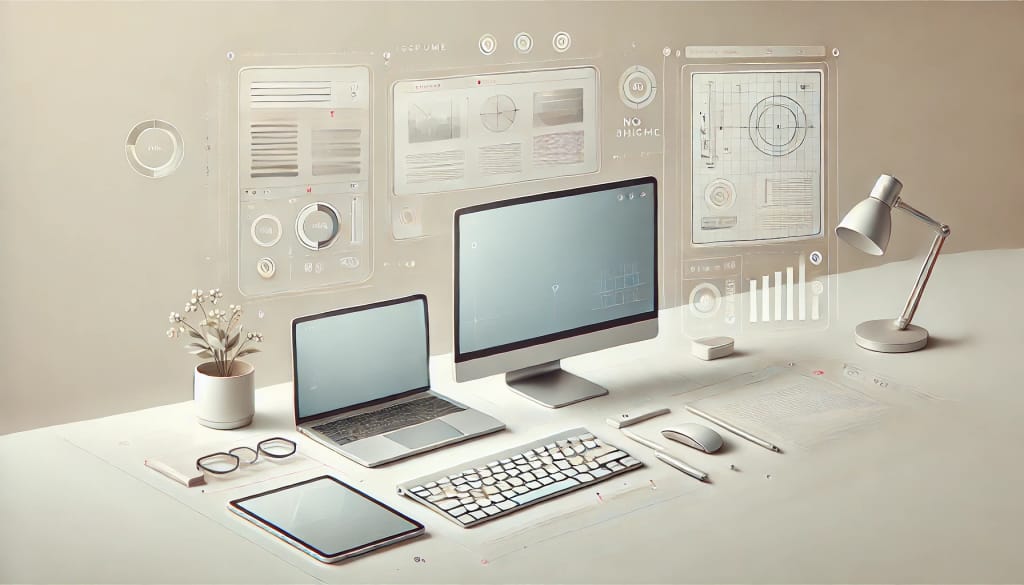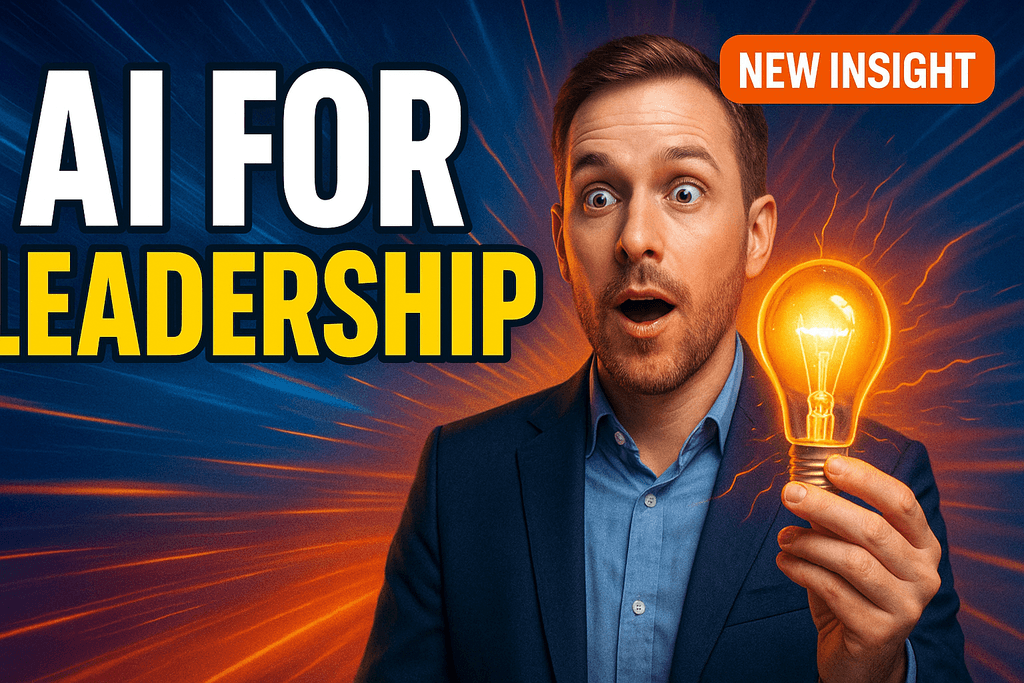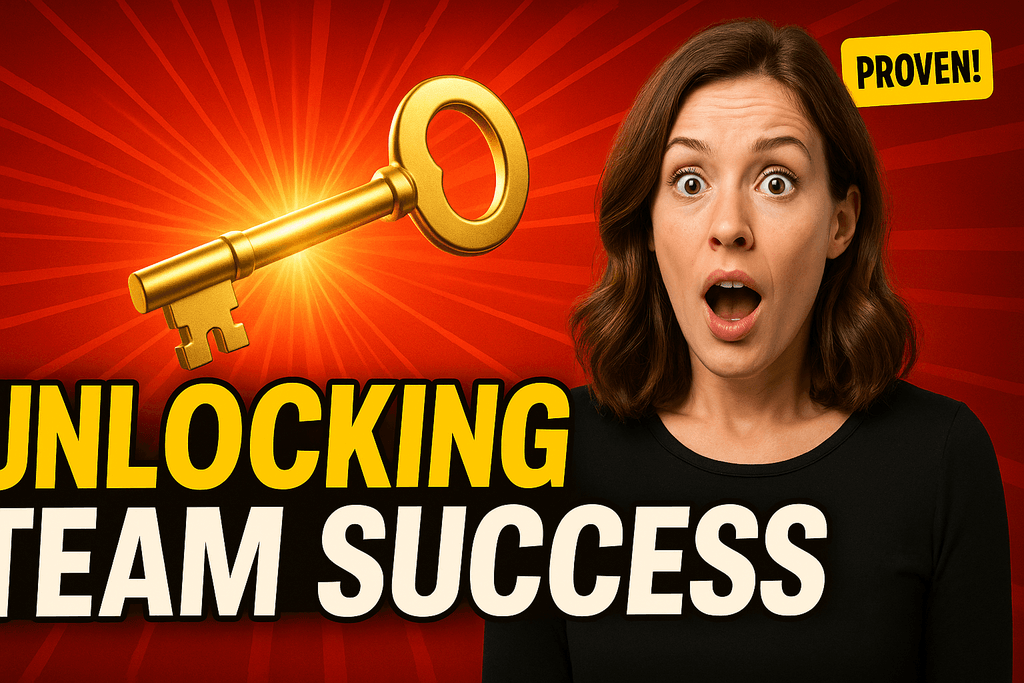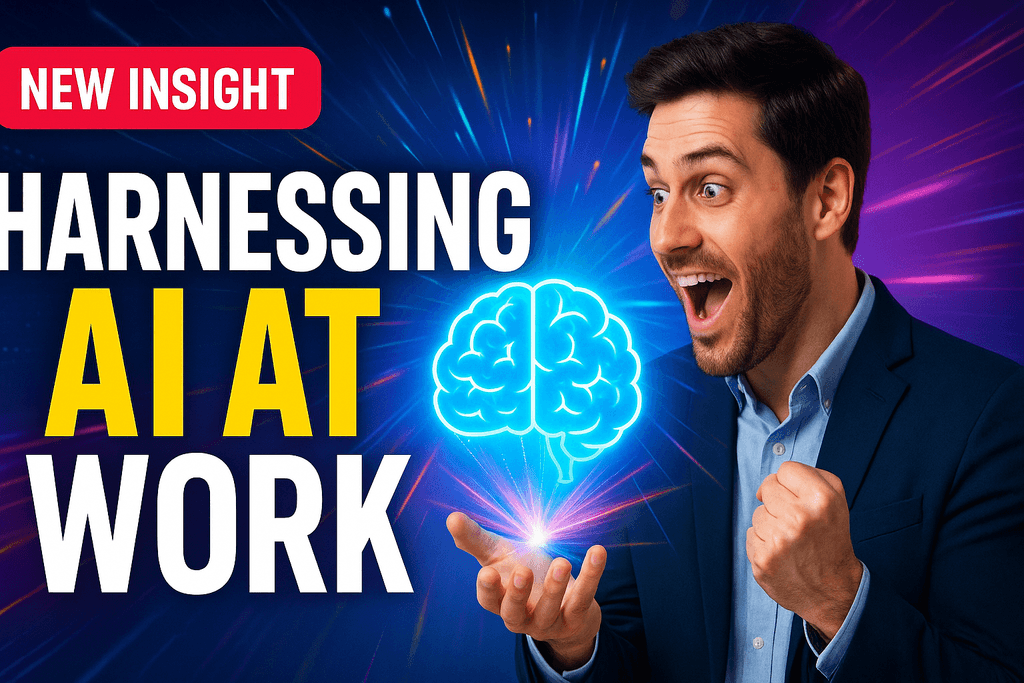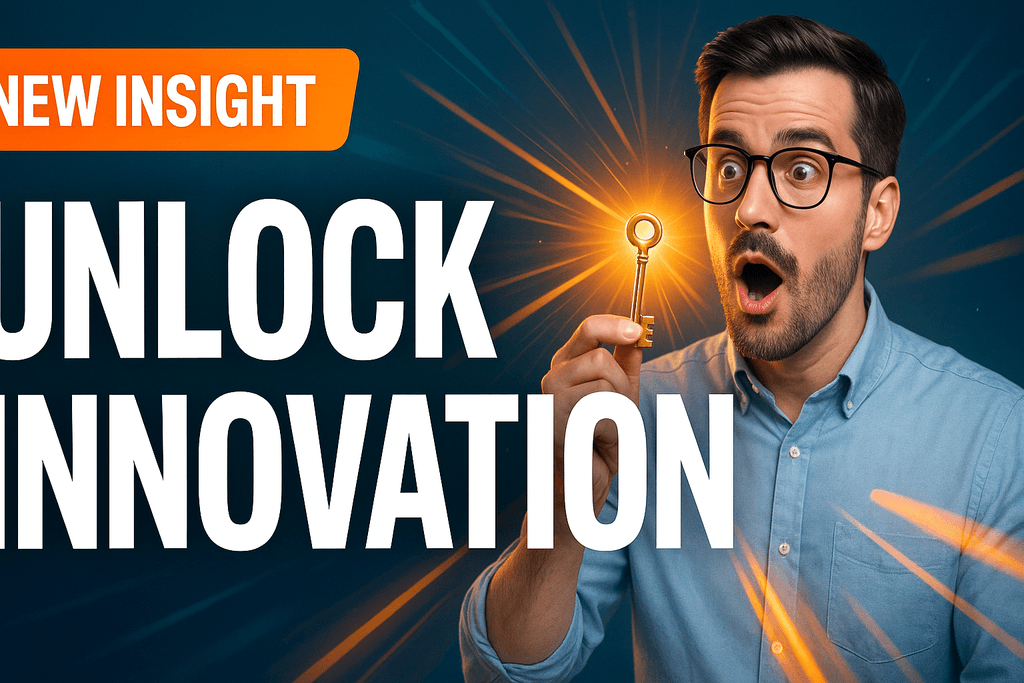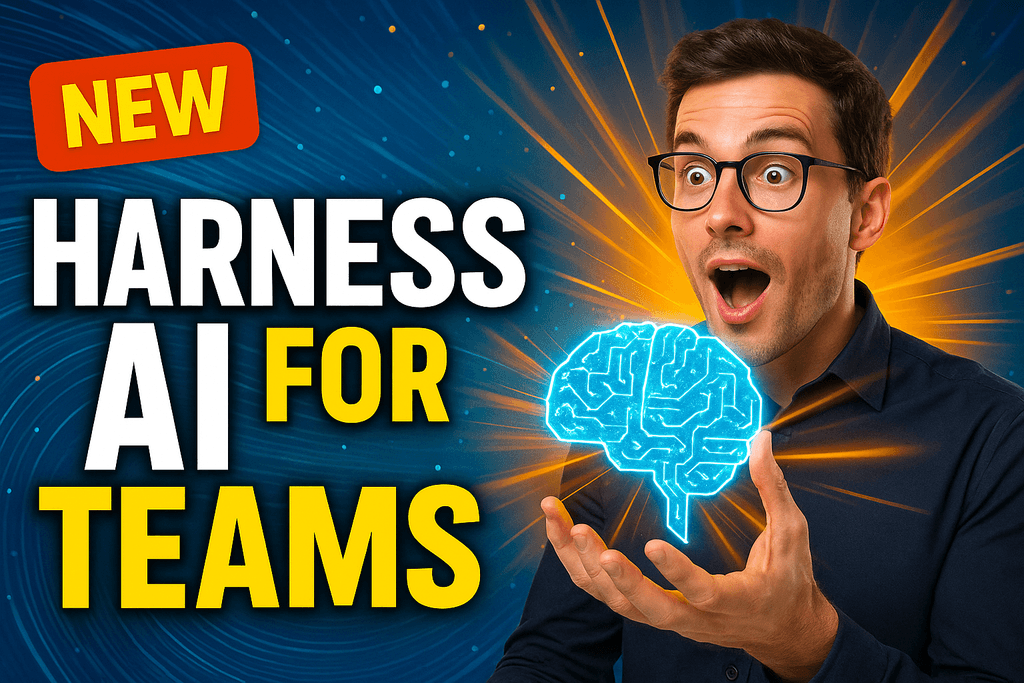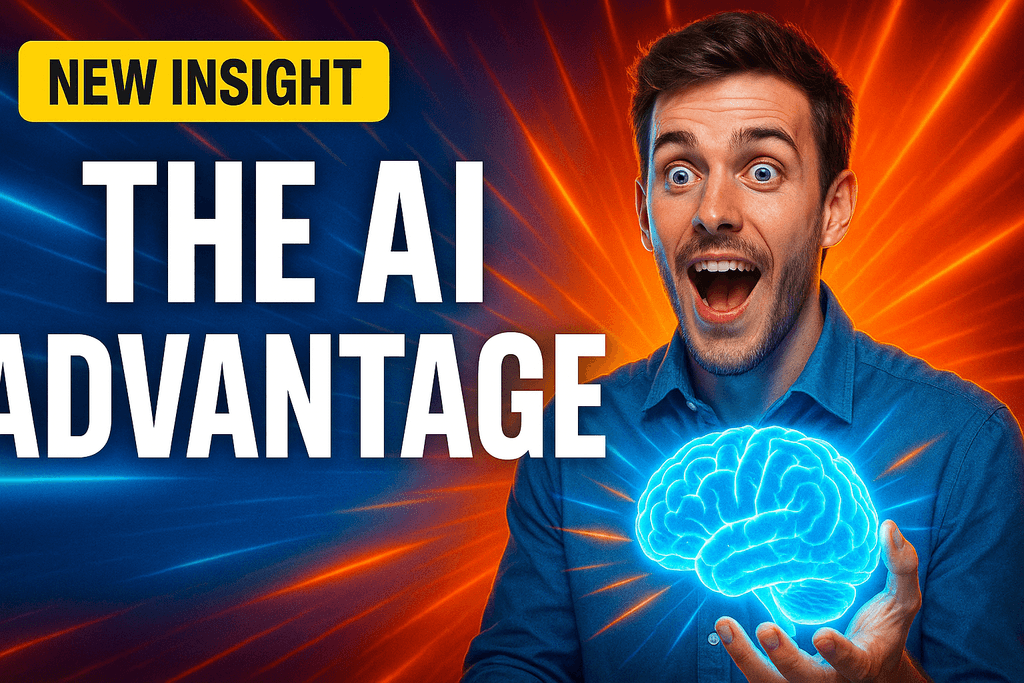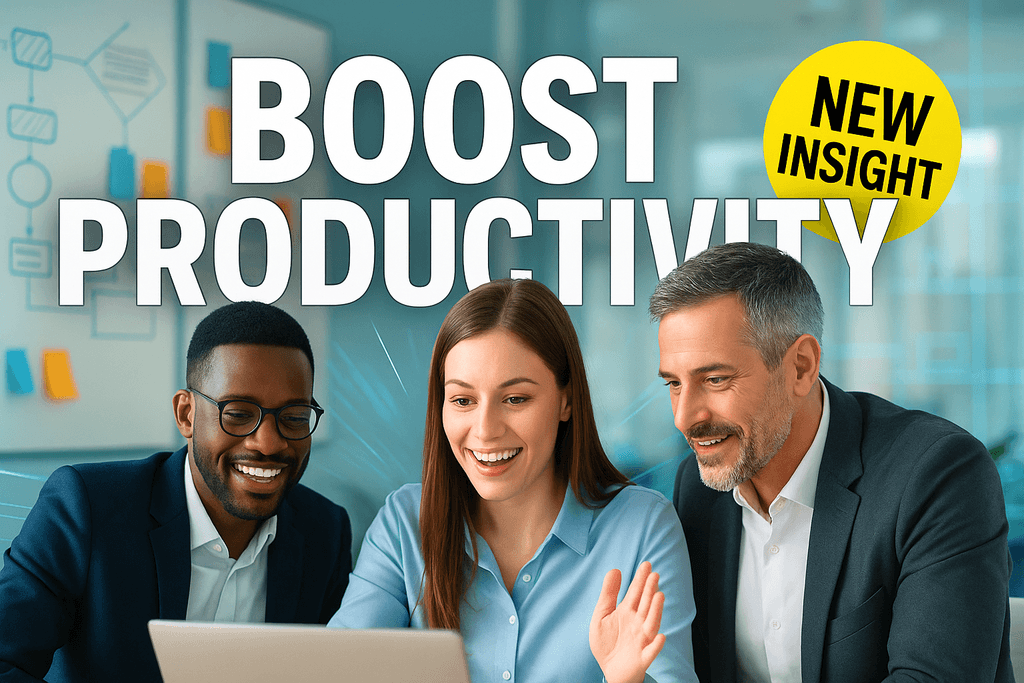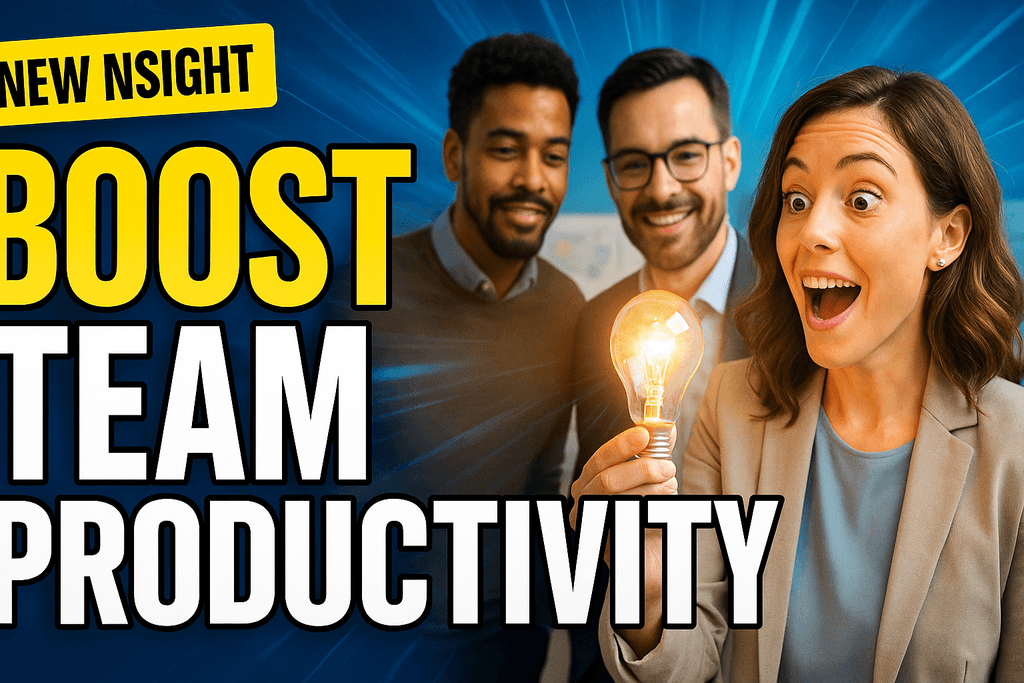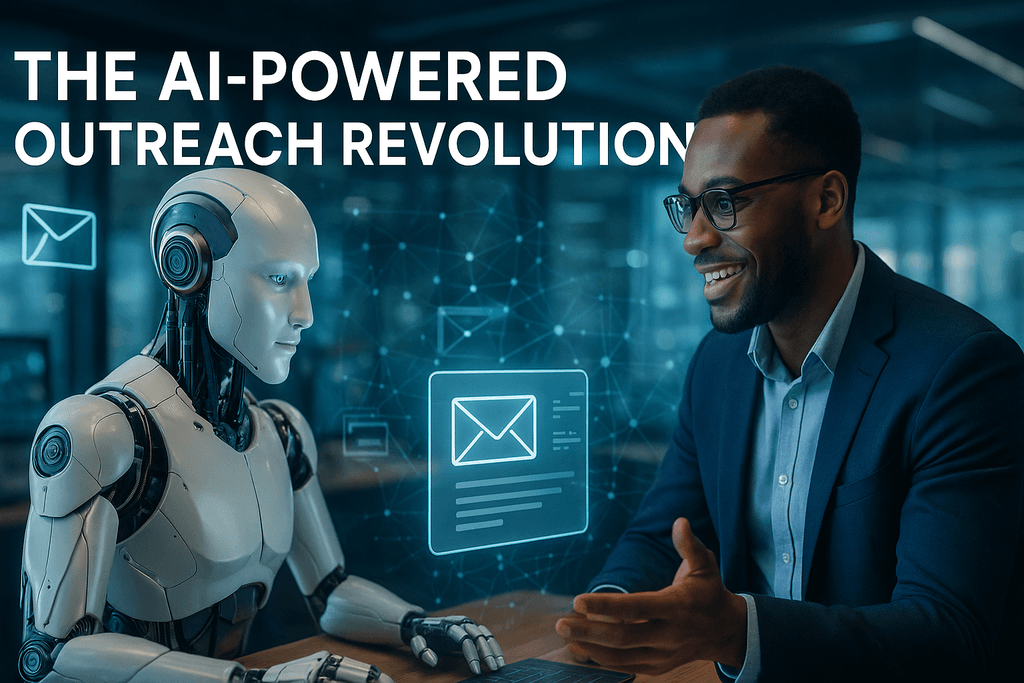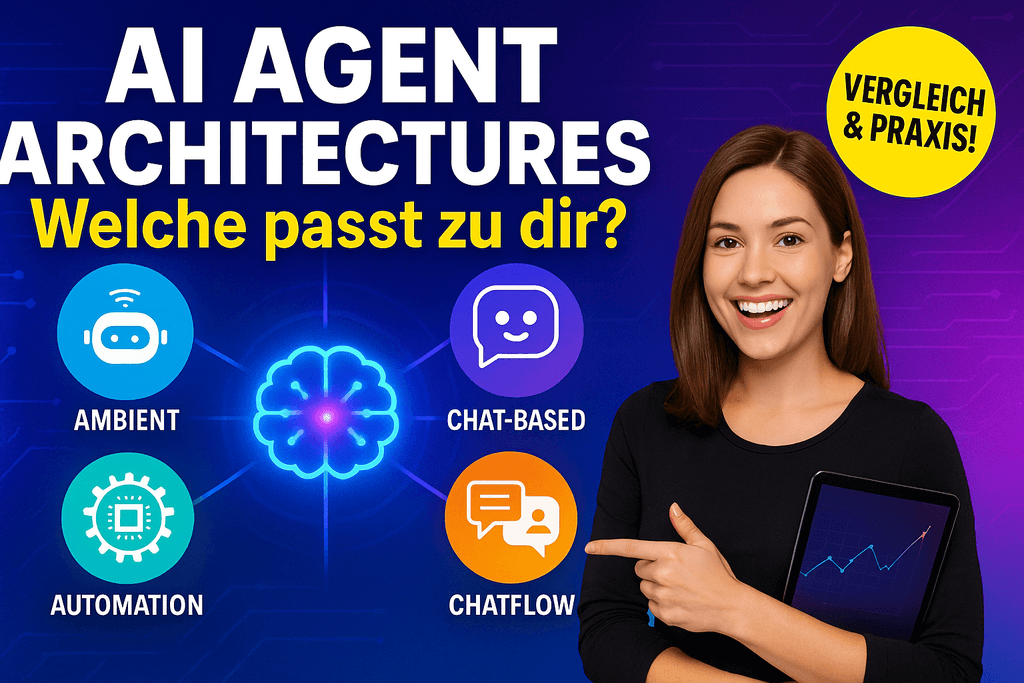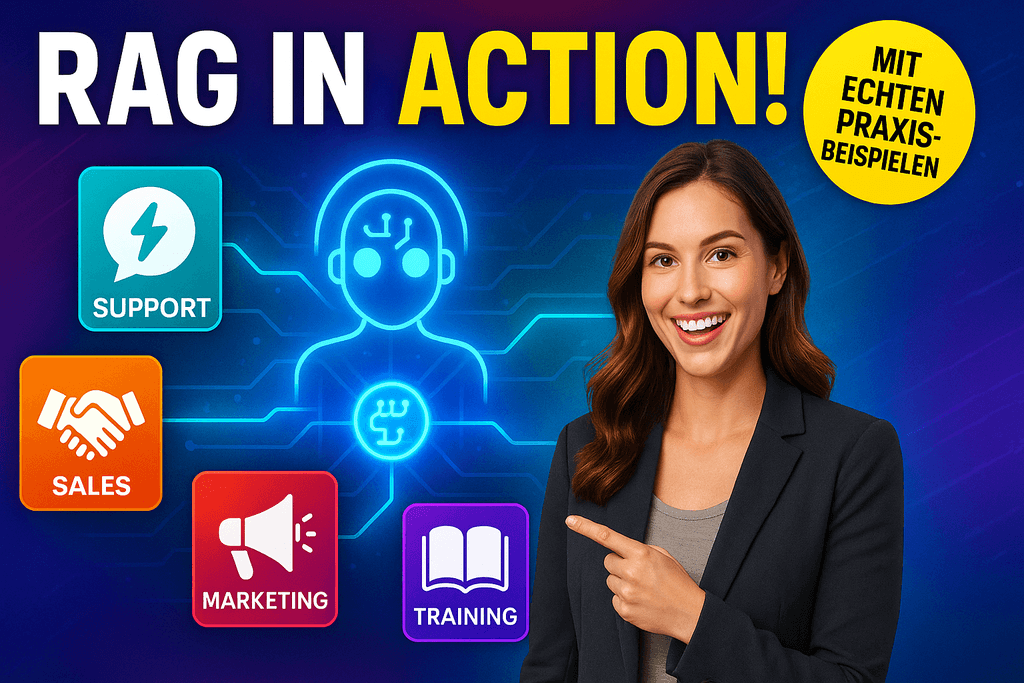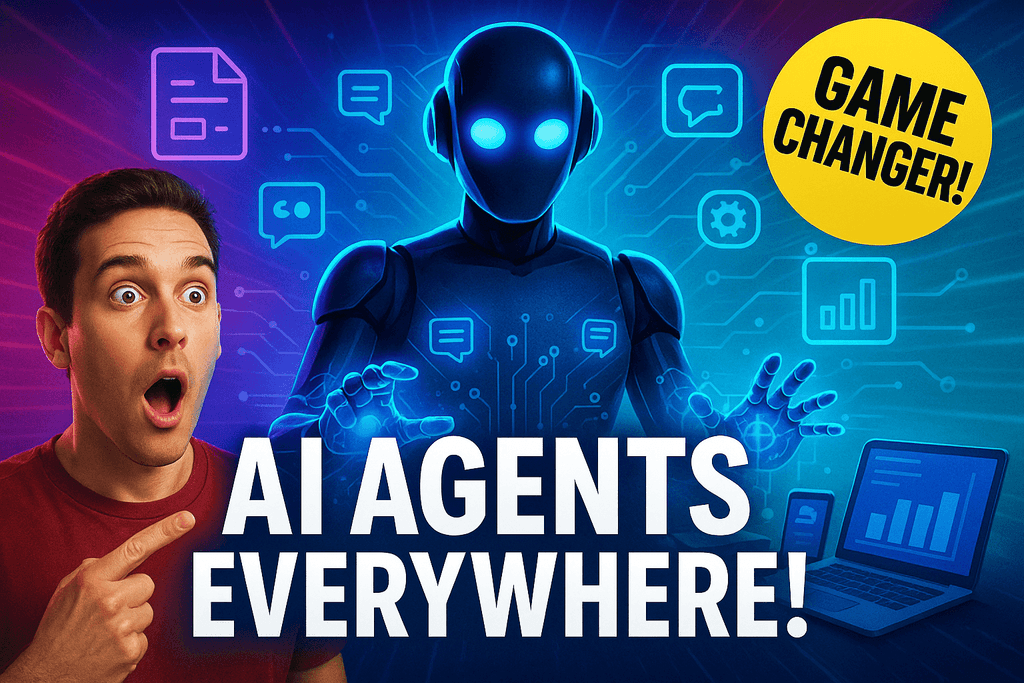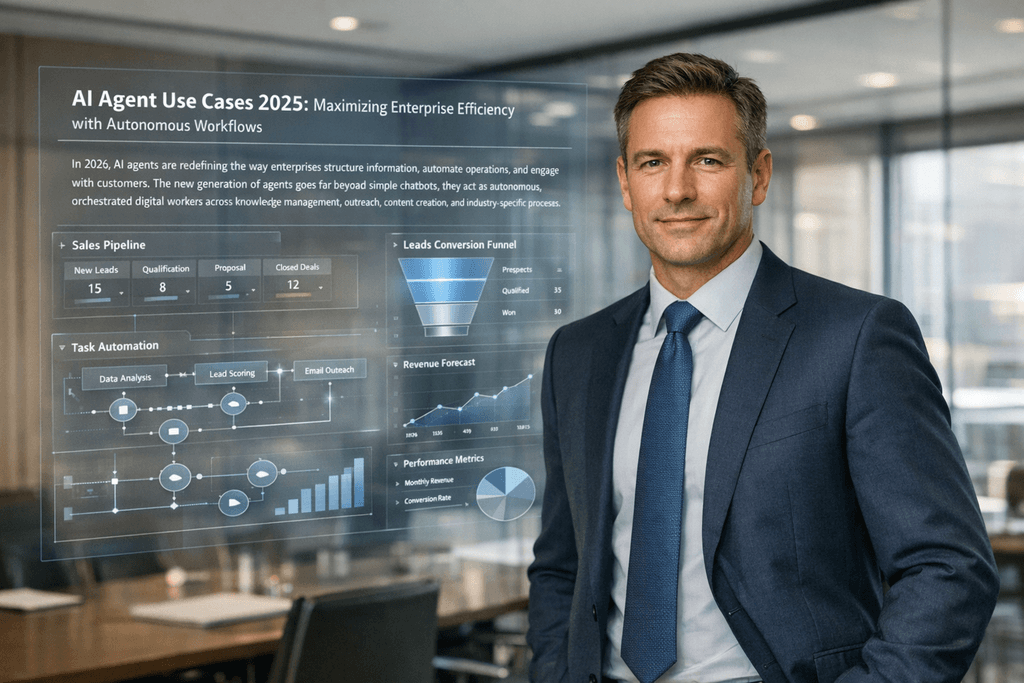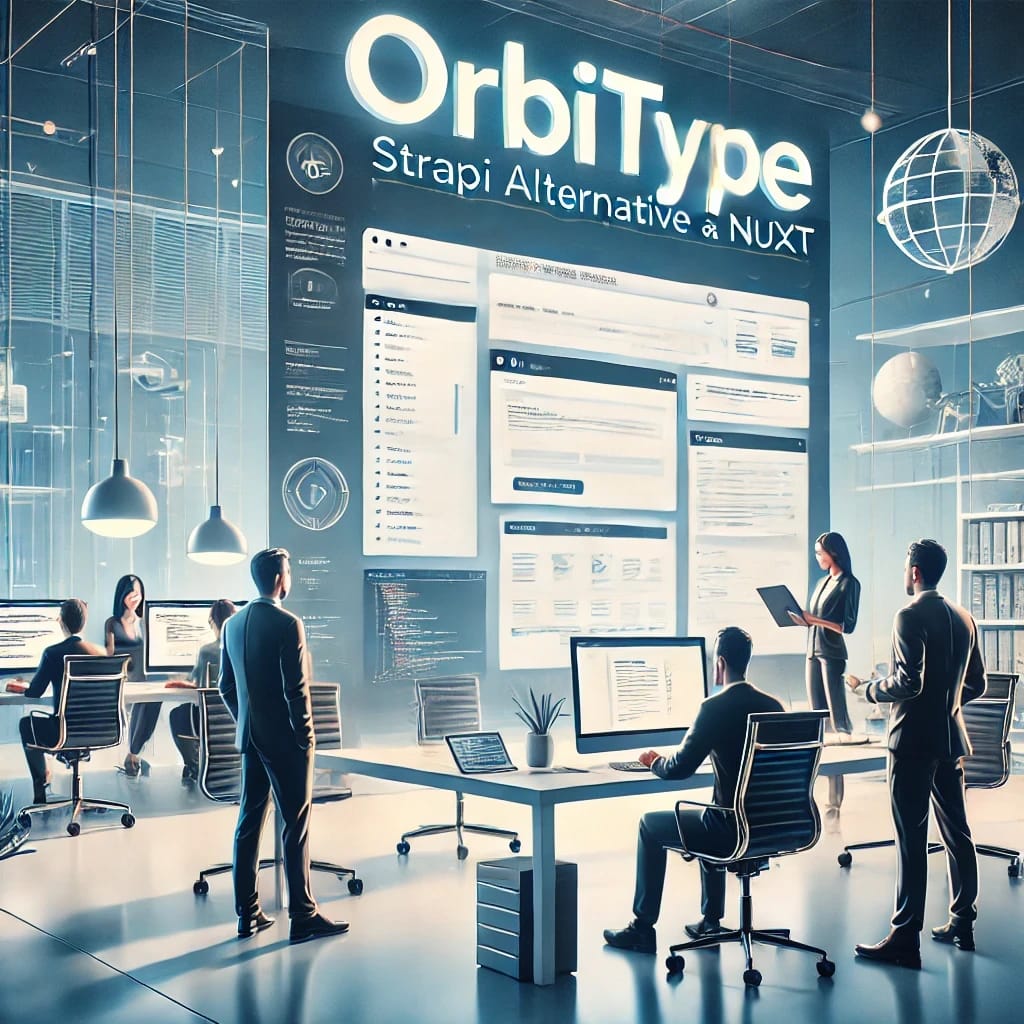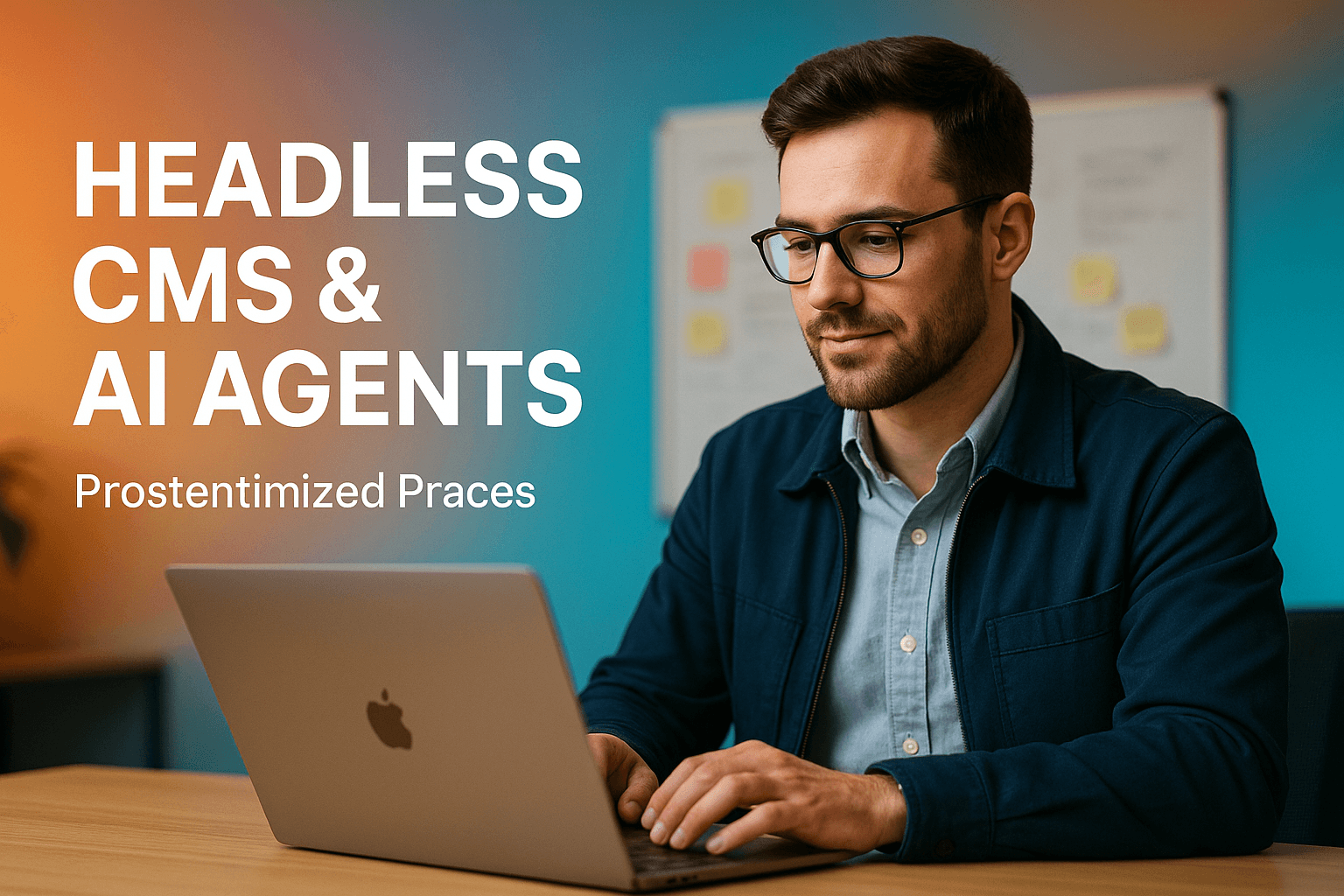
Table of Contents
Understanding the Basics
What is Headless CMS?
A headless CMS decouples the backend content management from the frontend presentation layer. This separation allows developers to use any frontend technology to present content, which is delivered through APIs. Orbitype's headless architecture provides flexibility and scalability, enabling developers to create dynamic and personalized user experiences without being constrained by a monolithic CMS.
The Rise of AI Agents in Content Management
Modern content personalization goes beyond static rules and manual segmentation. AI agents within Orbitype's agentic cloud OS can autonomously analyze user behavior, predict preferences, and deliver tailored content in real-time. These intelligent systems leverage machine learning algorithms to continuously optimize content delivery based on user interactions and engagement patterns.
API-Driven Personalization with AI Agents
The core advantage of using a headless CMS like Orbitype for personalization is its API-centric approach. APIs facilitate seamless data access and manipulation, making it easy to serve dynamic content. Orbitype's comprehensive API capabilities allow developers to fetch and deliver tailored content to users based on various criteria such as demographics, behavior, and preferences.
Intelligent Automation Through AI Workforce
Orbitype's AI agents operate as an intelligent workforce that continuously monitors user interactions and content performance. These autonomous systems can automatically adjust content recommendations, trigger personalized email campaigns, and optimize content delivery paths without manual intervention. The AI workforce leverages PostgreSQL databases and cloud storage to process vast amounts of user data and generate actionable insights for content personalization.
Setting Up Orbitype for AI-Powered Personalization
Initial Configuration
Begin by creating a new project in Orbitype and configuring your API endpoints to ensure smooth data retrieval and content delivery. This setup is crucial for establishing a robust foundation for personalized content delivery. Orbitype's agentic cloud OS provides pre-configured AI agents that can be activated with minimal setup.
Defining User Segments with AI Assistance
Identifying and categorizing your audience into different segments is a pivotal step. Consider factors like age, location, browsing history, and purchasing behavior. Orbitype's flexible data management system, powered by PostgreSQL and cloud storage, allows you to store and manage this user data efficiently. AI agents can automatically detect patterns and suggest new segments based on user behavior analysis.
Creating Personalized Content with Workflow Automation
With your user segments defined, AI agents can automatically generate and optimize content variations for each segment. Orbitype's workflow automation ensures that content creation, testing, and deployment happen seamlessly. The AI workforce continuously monitors content performance and suggests improvements, making personalization strategy more effective and data-driven.
Implementing Advanced Personalization Techniques
Personalized Content Delivery with AI Agents
Using Orbitype's APIs, you can dynamically serve personalized content through AI agents that analyze user context in real-time. These intelligent systems create API endpoints that fetch content tailored to a user's preferences, behavior patterns, and current session data. AI agents continuously learn from user interactions to improve content relevance and engagement.
Dynamic Content Injection Through Workflow Automation
Integrating Orbitype with modern frontend frameworks like React or Vue.js allows for seamless dynamic content injection powered by AI agents. This integration enables real-time updates and a more interactive user experience. As users navigate your site, AI workforce systems can deliver content that is continuously personalized based on their interactions. For developers choosing between technologies, our comprehensive guide on TypeScript vs. JavaScript helps you build scalable applications that integrate seamlessly with AI agents.
Real-Time Personalization with Autonomous Systems
Leveraging real-time data through AI agents, such as user location or recent activity, can significantly enhance user engagement. Orbitype's agentic cloud OS processes this information through autonomous workflows that adjust content dynamically. This approach ensures that content remains relevant and timely, with AI systems making split-second decisions to optimize user experience without human intervention.
Advanced AI Agent Strategies for Content Optimization
Behavioral Targeting with AI Workforce
Behavioral targeting involves AI agents tracking user interactions and autonomously tailoring content based on their behavior patterns. Orbitype's agentic cloud OS, combined with analytics tools, provides deep insights into user behavior through intelligent automation. AI agents can identify micro-patterns in user engagement and adjust content delivery strategies in real-time, increasing engagement and satisfaction without manual intervention.
Autonomous A/B Testing for Personalization
A/B testing becomes truly powerful when managed by AI agents that can run multiple experiments simultaneously. Orbitype's AI workforce can automatically create content variations, distribute them to different user segments, and analyze performance metrics. These autonomous systems determine the most effective content for each user segment and implement changes without human oversight, ensuring continuous optimization of personalized content delivery.
Predictive Content Personalization
Advanced AI agents in Orbitype can predict user needs before they're explicitly expressed. By analyzing historical data, session behavior, and contextual factors, these intelligent systems can preemptively adjust content recommendations and user journeys. This predictive approach, powered by workflow automation, creates highly anticipatory user experiences that feel intuitive and seamless.
Real-World Applications and Use Cases
E-commerce Personalization with AI Agents
In e-commerce environments, Orbitype's AI agents can autonomously manage product recommendations, dynamic pricing displays, and personalized shopping experiences. These intelligent systems analyze purchase history, browsing patterns, and real-time inventory data to create highly targeted product presentations. The AI workforce can automatically adjust content based on seasonal trends, user preferences, and inventory levels, maximizing conversion rates.
Content Publishing and Media Automation
Media companies leverage Orbitype's agentic cloud OS to automate content curation, audience segmentation, and personalized article recommendations. AI agents can analyze reader engagement patterns, automatically tag content, and create personalized reading experiences. For insights into AI-powered automation strategies, explore our detailed guide on revolutionizing outreach automation with AI agents.
Enterprise Knowledge Management
Large organizations use AI agents to create intelligent knowledge bases that automatically categorize information, suggest relevant content to employees, and maintain up-to-date documentation. These systems leverage PostgreSQL databases and cloud storage to create searchable, personalized knowledge experiences that adapt to individual user roles and responsibilities.
Measuring Success and ROI of AI-Powered Personalization
AI-Driven Analytics and Performance Monitoring
Orbitype's AI agents provide comprehensive analytics that go beyond traditional metrics. These intelligent systems can automatically track user engagement, content performance, and conversion rates while identifying patterns that human analysts might miss. The AI workforce generates actionable insights and recommendations for continuous improvement of personalization strategies.
Automated ROI Calculation and Optimization
AI agents can autonomously calculate the return on investment for different personalization strategies by analyzing user behavior data, conversion rates, and engagement metrics. These systems provide real-time ROI assessments and automatically adjust personalization parameters to maximize business value. For comprehensive insights into measuring AI agent effectiveness, refer to our guide on AI agent use cases for maximizing enterprise efficiency.
Continuous Learning and Adaptation
The true power of Orbitype's agentic cloud OS lies in its ability to continuously learn and adapt. AI agents automatically refine their personalization algorithms based on new data, changing user preferences, and business objectives. This autonomous optimization ensures that personalization strategies remain effective and relevant without requiring constant manual intervention.
Conclusion: The Future of AI-Powered Content Personalization
Content personalization powered by AI agents represents a fundamental shift in how businesses engage with their audiences. Orbitype's agentic cloud OS transforms traditional content management into an intelligent, autonomous system that continuously optimizes user experiences. The combination of headless architecture, AI workforce, and workflow automation creates unprecedented opportunities for businesses to deliver truly personalized experiences at scale.
The Competitive Advantage of Intelligent Automation
Organizations that embrace AI agents for content personalization gain significant competitive advantages through improved user engagement, higher conversion rates, and reduced operational costs. Orbitype's flexible data management system, built on PostgreSQL and cloud storage, provides the foundation for these intelligent systems to operate effectively without vendor lock-in.
Embracing the Agentic Future
As AI agents become more sophisticated, the possibilities for personalization will continue to expand. Orbitype's robust feature set and flexible integration capabilities make it an ideal choice for organizations looking to implement advanced content personalization with AI agents. Start exploring these possibilities today and transform your digital experiences with Orbitype's agentic cloud OS, where AI workforce and intelligent automation work together to create the future of personalized content delivery.
